Close
Menu
We hope that this is a helpful guide of best practice of how to send artwork in the correct format to give you the ultimate best possible branding result. If this all sounds like gobbledygook going straight over your head remember we are here to help with expert artwork advice, simply get in touch.
Vector images allow for more flexibility. Constructed using mathematical formulas vector file types such as EPS, AI and PDF are excellent for creating graphics that need to be resized. Logos and brand graphics should be created as a vector so you can use them with smaller items such as your business cards, but also on large scale exhibitions/banners.
Raster images use many coloured pixels to form a complete image. JPEGs, GIFs and PNGs are common raster image types. Almost all of the photos found on the web and in print catalogues are raster images. They must be supplied 300dpi at precisely the dimensions needed to eliminate any loss of image or pixelation.
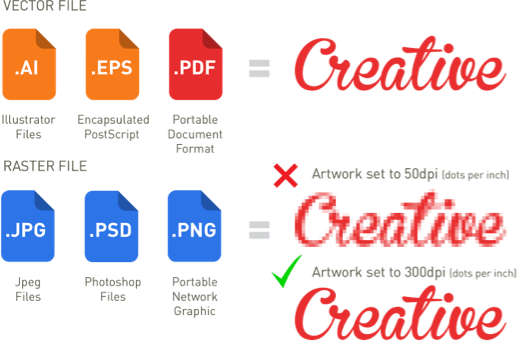
Full colour or CMYK process combines dots from each of the Cyan, Magenta, Yellow and Black inks to produce a colour. This means you can create millions of colours best used to reproduce photographic images, leaflets, banners, large scale print and some promotional merchandise & garments.
Spot color printing creates brighter, more vibrant results. Usually created as vector graphics and can be printed as solid shapes at 100% tint or halftones. This process would be typically used for jobs which require no full colour imagery, such as business cards, stationery, t-shirts, pens, bags, mugs, powerbanks etc, using the pantone colour guide for accurate results.
Take a look at the range of Pantone colours available Pantone colour reference guide.
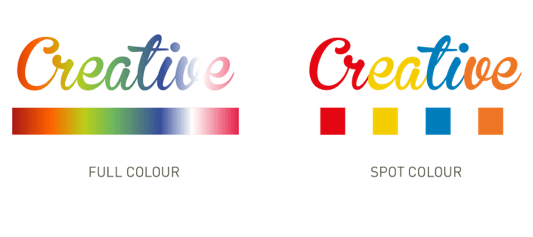
Editable Fonts: All fonts used when creating documents, these can be altered or modified. All editable fonts need to be embedded or outlined before submitting, otherwise fonts maybe substituted and alter the look or layout of the original design.
Outlined Fonts: When submitting EPS or PDF files to print, you must convert your fonts into outlines. Outlining eliminates the need to send fonts with your files and can be scaled to any size maintaining a nice, crisp typeface.
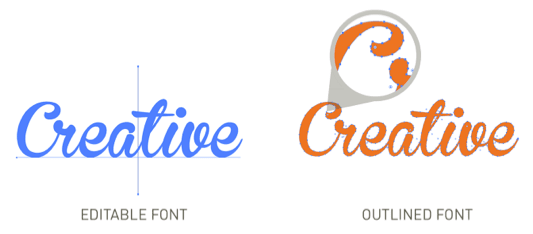
The Pantone Color Matching System is a standardised colour reproduction system. The Pantone system enables an accurate colour match every time and also allows for many special colours to be produced, such as metallics and fluorescents. Pantone colours are mainly used on one-colour, two-colour or three-colour print jobs, common for business cards or letterheads they are highly recommended for brand consistency.
Take a look at the range of Pantone colours available Pantone colour reference guide.
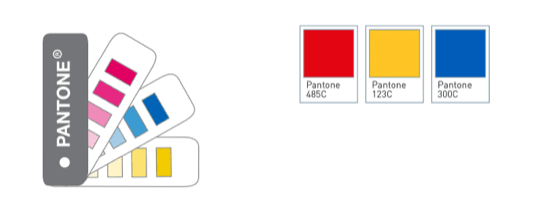
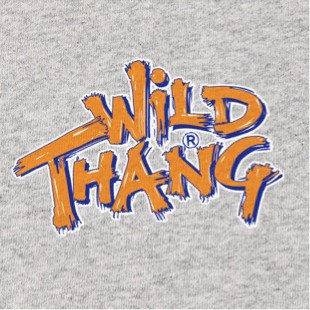
Screen printing is a common technique mainly used on T-shirts but also posters and packaging. Custom printing enhances a basic garment and turns it into something attractive and eye-catching. Artwork would need to be supplied as vector/outlined files to allow for accurate separations and excellent results.
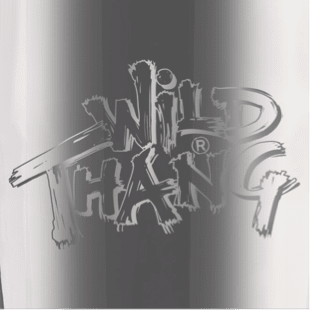
Satin Etch is the process of imprinting a frost-type color effect on the glass. It is primarily used for weddings, restaurants, bars or any promotional event. Satin Etch gives a look and feel of an actual etching in a piece of glassware without the high costs.
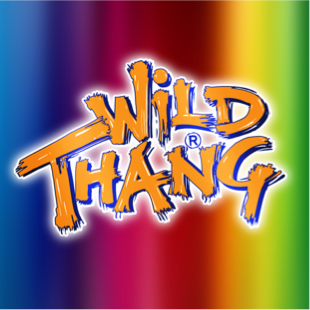
Full-Colour printing refers to any printing process that is capable of producing photographic-quality printed images. Cost-effective when multiple colours are required. It offers precision registration of colours, re-use of colour on repeat orders and gives stunning photographic images and quality at minimal cost.
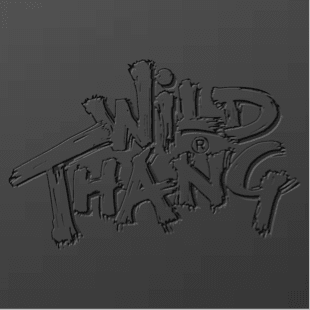
Debossing is pushing the chosen design into a surface, eg leather or paper, resulting in an imprinted design, frequently combined with foil or used in areas of your label with printed art or text. A ‘Blind Emboss’ means no ink or foil is used in combination with deboss, resulting in a very subtle effect.
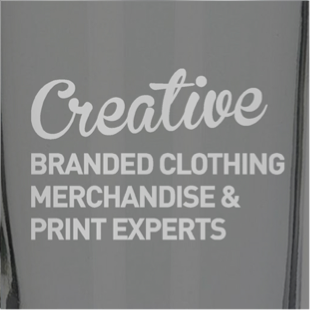
Deep Etched Glass, the design is etched deep into glass surface to give the glass designs a 3-D look similar process to Etched Glass.
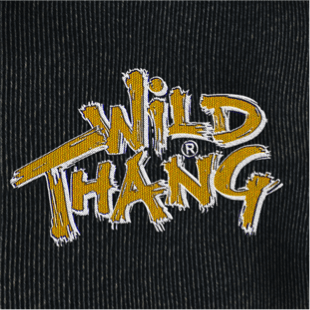
Embroidery is the process of digitising your graphic image, company logo, team badge or any personalisation onto virtually any garment. Using the latest computerised embroidery machinery, embroidery is an excellent way of giving a mark of quality and added value.
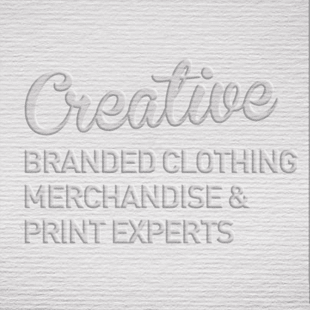
Embossing is a technique used to imprint impressed images onto paper and other materials. Embossing is a raised design like a logo or graphic image that’s pressed into paper or other stock from underneath. When an embossed area is not printed or foil stamped it is known as a blind emboss, resulting in a very subtle effect.
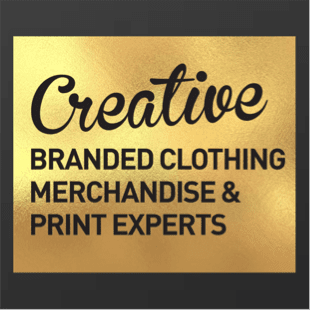
Metallic foil makes an amazing impression, foil stamping machines use heat to transfer metallic foil to a solid surface. Typically in gold or silver but also comes in many other colours, perfect for giving an high-end edge to items.
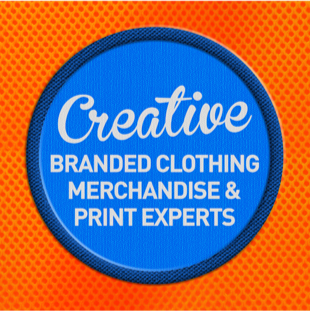
Woven applique badge is created by being laser woven together using thread, creating a highly detailed woven badge, which is then embroidered onto the garment by a outside border, creating a high quality finish using less stitches.
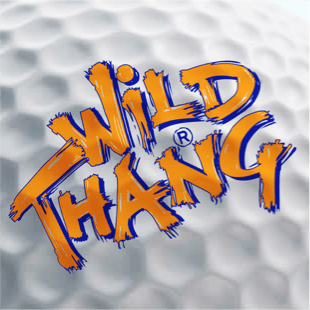
Pad printing (Tampo printing) is a printing process that can transfer a 2-D image onto a 3-D object. This can apply to a range of promotional products from gifts, pens, golf balls, footballs, computer keypads and monitors, medical devices, bottles, panel controls and much more.
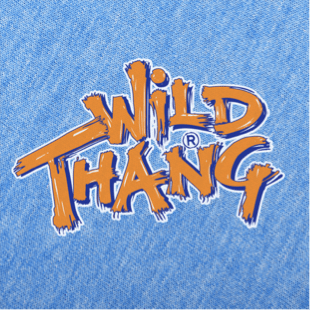
Transfer printing is the process of printing designs onto high quality vinyl which is then heat sealed onto your garments. Transfer printing creates bold, vibrant, full colour designs and single colour individual names and numbers, with multiple colours available from fluorescents, metallic print even velvet effects. This printing technique is used extensively for sports wear, team kits and training apparel.

Laser Engraving involves the laser acting like a pencil, the beam emitted from it allows the controller to trace patterns onto the surface. Capable of producing photo quality laser engraving on certain materials this process offers a unique approach for promotional products.
Take a look at our dedicated branding methods page that will give you a more indepth understanding of the processes, history and capabilities Wildthang branding methods.